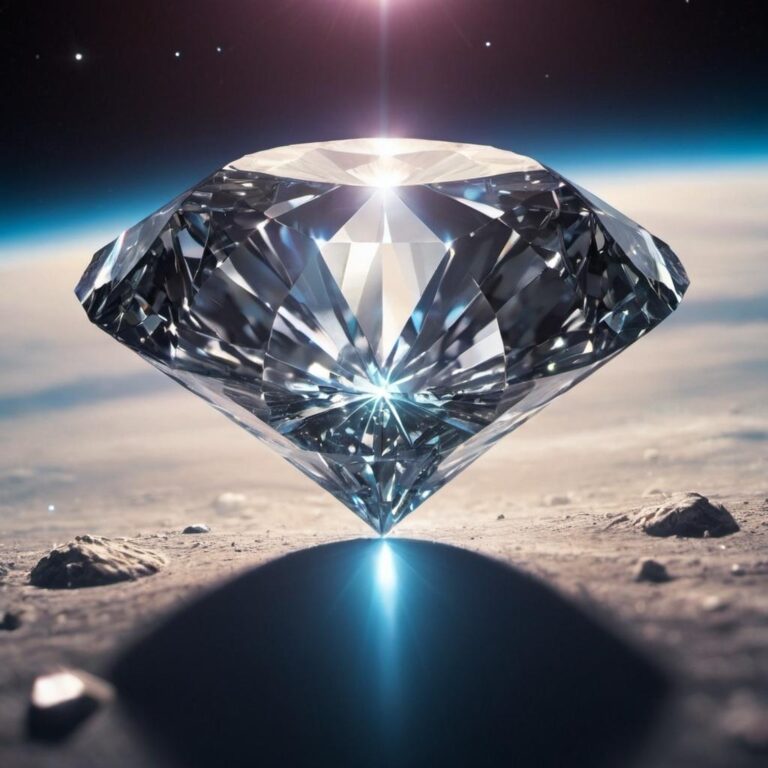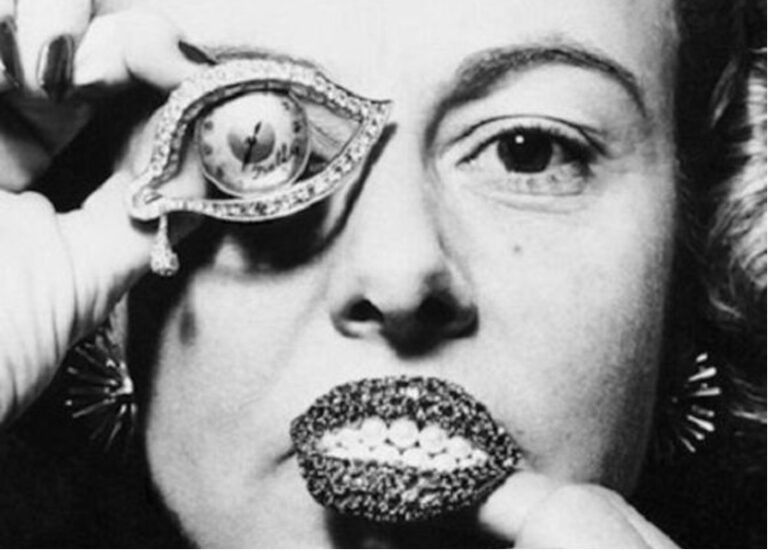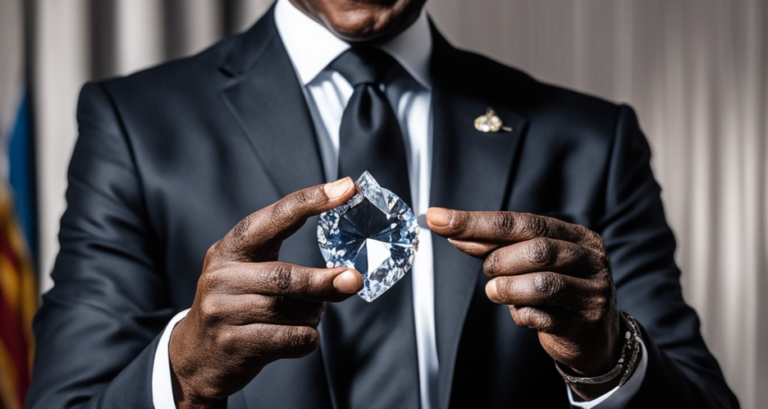Not long ago, a woman walked into a high-end jewellery store, not in search of the most expensive diamond, but in pursuit of a piece that resonated with her personal journey. She bypassed the large, glittering diamonds and instead chose a modest ring with a small, unique stone that reminded her of a place she had visited as a child. This simple act underscores a significant shift in the perception of luxury—a shift from status symbols to personal expressions of identity.
In the world of luxury, this transformation is most evident in the realm of diamonds and fine jewellery. Diamonds, once mere symbols of exclusivity and wealth, are now cherished for their ability to embody dreams, emotions, and authenticity. This profound change reflects a new understanding of luxury—one that emphasizes personal pleasure and individuality over mere status.

The concept of “The New Luxury in Jewellery: ‘Not every woman needs a new piece of jewellery, but every woman needs a dream'” illustrates a profound shift in the perception of luxury. This evolution connects deeply with the broader transformation in luxury goods, particularly jewellery, reflecting changing values and desires among consumers.
The concept of luxury has evolved significantly, particularly in the jewellery sector. Today, luxury is not just about possessing rare and expensive items; it’s about finding pieces that resonate with personal values and desires. Modern luxury can be understood on three levels: inaccessible, intermediate, and accessible.
Three Levels of Modern Luxury:
- Inaccessible Luxury: This represents the pinnacle of exclusivity and craftsmanship, where diamonds are rare, and techniques are sophisticated. These pieces, such as natural pink or blue diamonds, cater to those who seek a deep connection to the artistry and rarity of the jewellery. Imagine an engagement ring with a unique diamond cut or a necklace featuring an exceptionally large diamond—these are luxuries reserved for a select few.

- Intermediate luxury: Balancing exclusivity and accessibility, intermediate luxury offers high-quality pieces crafted with attention to detail. These items, produced in limited series, provide a sense of uniqueness without the extreme price tag of inaccessible luxury. Think of high-quality white diamonds, with exceptional clarity and a perfect cut, featured in collections that blend traditional craftsmanship with contemporary design.

- Accessible Luxury: Designed for a broader audience, accessible luxury combines fashion-forward designs with good quality at a more affordable price. It democratizes luxury, allowing more people to enjoy personal pleasure and style. For instance, jewellery featuring smaller or lower-quality diamonds but with trendy designs offers an attractive quality-to-price ratio. Examples include engagement rings with standard-cut diamonds or necklaces with stylish diamond pendants—luxuries that are attainable without compromising on quality.

The shift in luxury perception is not only about exclusivity but also about the motivations behind jewellery purchases. While luxury once primarily signified status and wealth, modern consumers are driven by a desire for personal pleasure and emotional gratification. Jewellery is now seen as a symbol of authenticity and self-expression rather than merely an investment asset.
The Motivation Behind Luxury Purchases: Emotional and Rational Considerations
This evolution in the perception of luxury also reflects the changing motivations behind jewellery purchases. Modern consumers are not only driven by the emotional resonance of a piece but also by practical, rational considerations that ensure they are making wise choices.
Emotional Considerations:
- Hedonism: The joy and pleasure derived from owning and wearing jewellery that enhances one’s mood and well-being.

- Uniqueness: The desire for pieces that stand out and allow individuals to express their personal style, such as diamonds with distinctive colours like subtle pink or blue hues.

- Self-Identity: Jewellery as a reflection of one’s self-concept and personal values, boosting confidence and personal satisfaction. For example, A custom-designed diamond ring, tailored to reflect the buyer’s taste and personality, becomes a tangible sign of one’s identity and accomplishments.

Rational Considerations:
At the same time, rational considerations continue to play a crucial role in the decision-making process. While the emotional value of luxury jewellery is paramount, consumers are increasingly mindful of the quality, craftsmanship, and long-term value of their purchases.
- Price as an Indicator of Quality: a higher price is often associated with better craftsmanship and high-quality materials. For example, a diamond rated “D” for colour and “IF” (Internally Flawless) for clarity represents the pinnacle of quality and price.
- Quality and Craftsmanship: Consistently high standards are expected, since many still view luxury jewellery as a long-term investment, hoping its value will appreciate over time. For instance, a diamond ring set in platinum and crafted by a skilled artisan not only has intrinsic value but also represents fine craftsmanship.
Conclusion: A New Era of Luxury
In conclusion, luxury in jewellery is no longer just about ostentation; it is a deep expression of self and individuality. As the modern luxury landscape evolves, quality and authenticity remain at the forefront, making luxury jewellery a symbol of personal pleasure and emotional gratification. So, as you consider your next piece of jewellery, remember—it’s not just about the diamonds; it’s about the dreams they inspire, backed by the assurance of quality and timeless craftsmanship.




